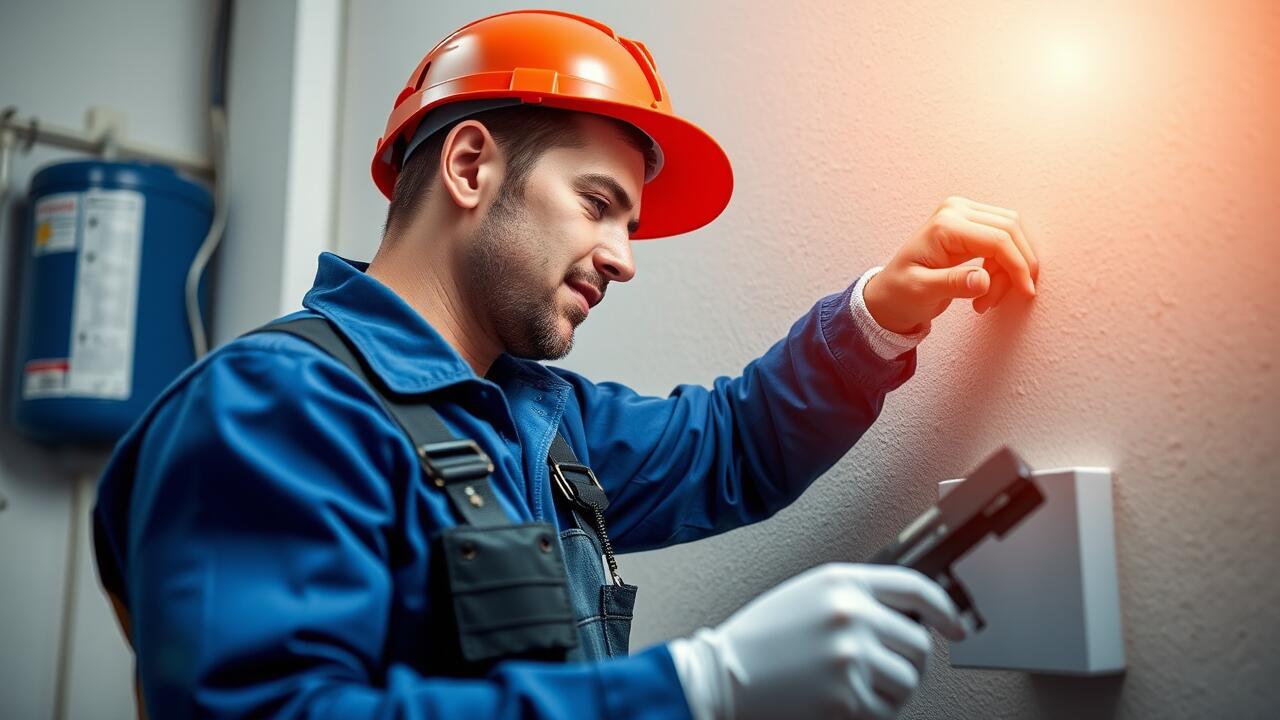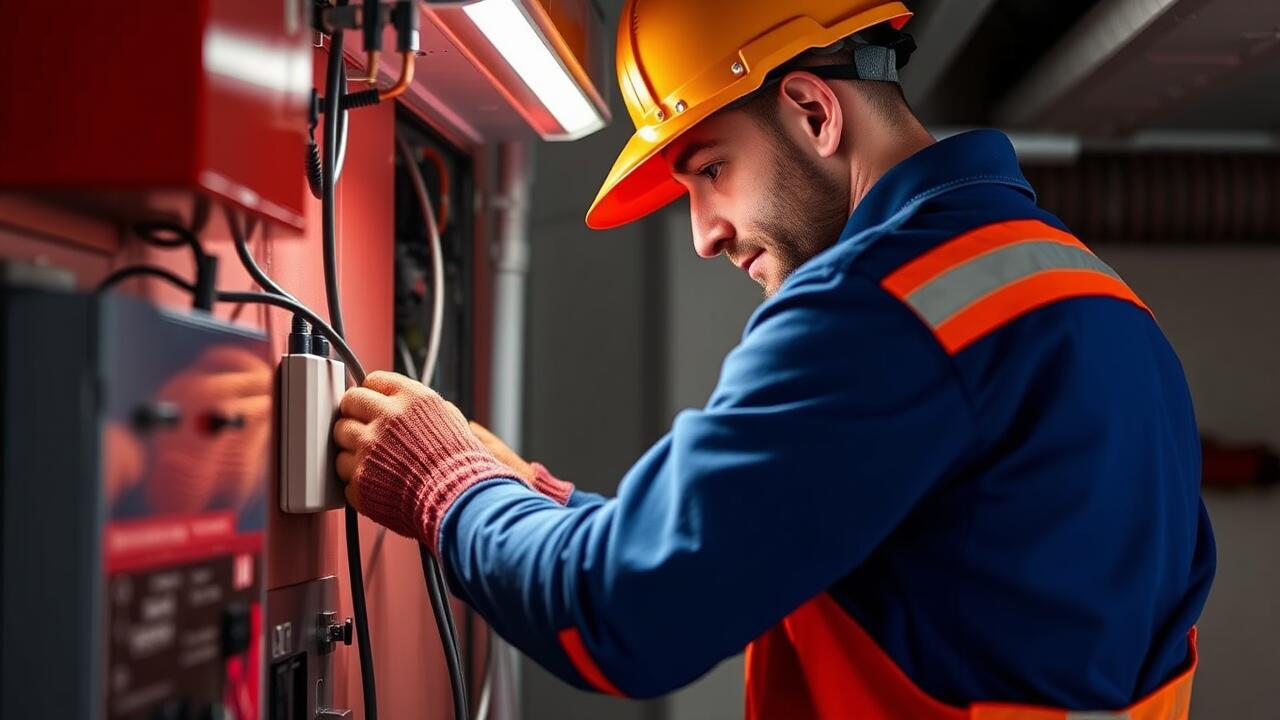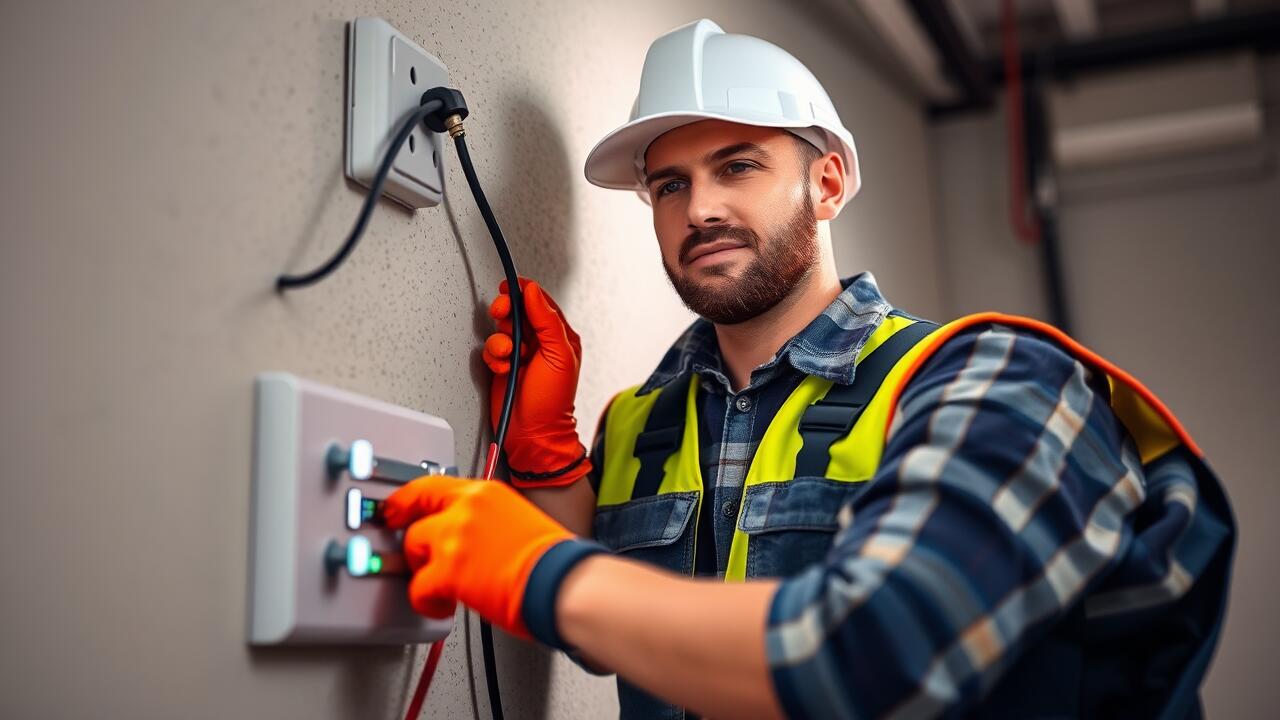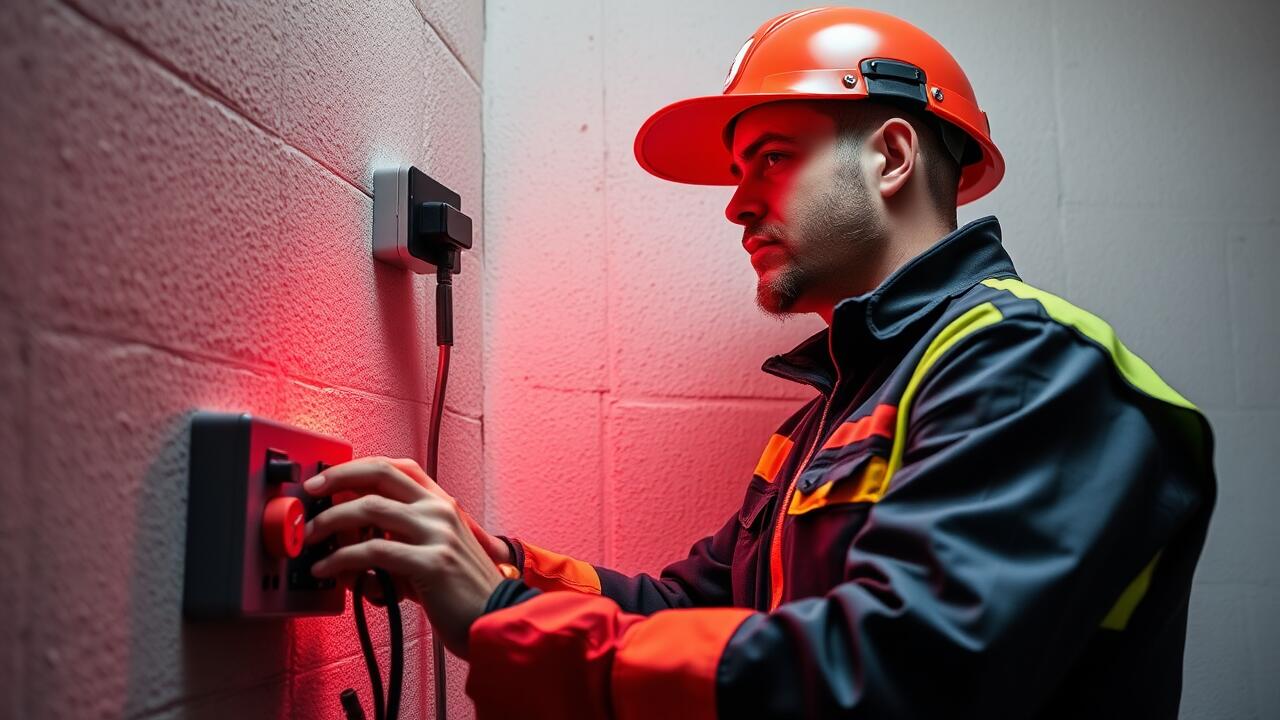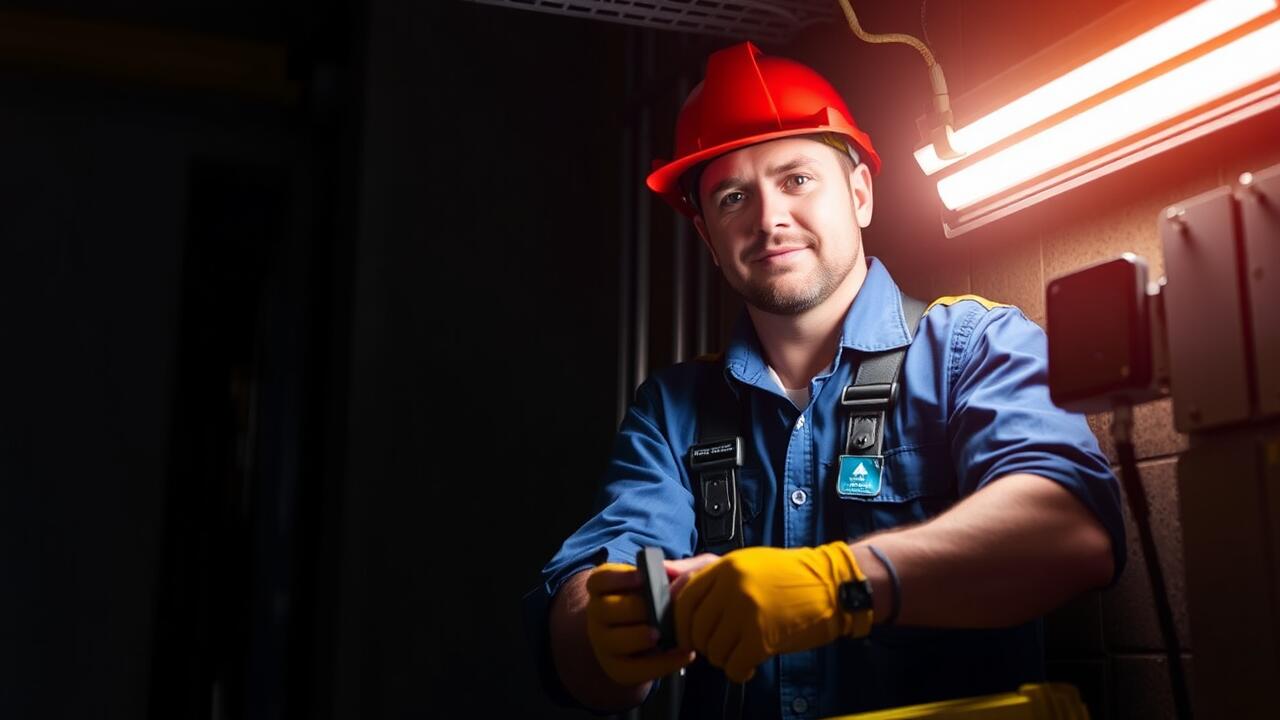
Restoring Power to Overloaded Circuits
Restoring power to overloaded circuits requires a systematic approach to ensure safety and efficiency. Start by turning off all devices connected to the circuit in question. This action helps prevent further damage while allowing for an assessment of the situation. After disconnecting the devices, check the circuit breaker panel for any tripped breakers. If identified, reset the tripped breaker by flipping it back to the "on" position. Ensure you observe any unusual signs, such as flickering lights or a burning smell, which could indicate deeper issues.
Once the power is restored, it is wise to evaluate the circuit's load capacity. Identify which appliances or devices are causing the overload and consider redistributing the load across different circuits. Utilize power strips with overload protection to manage multiple devices effectively. For comprehensive solutions, consulting with professionals like Greater Heights, Houston Emergency Electrician can provide tailored advice and ensure that the electrical system is safe and up to code.
Effective Restoration Techniques
When restoring power to overloaded circuits, the first step is to identify the source of the overload. Disconnect all appliances and devices connected to the circuit. This can help prevent further damage and allow you to safely assess the situation. After ensuring the circuit is clear, reset the circuit breaker. If it trips again, it may indicate a more serious issue, such as faulty wiring or an overloaded circuit that requires immediate attention.
In addition to these initial steps, consider the use of voltage testers to check whether power has been restored. This tool can help determine if the circuit is functioning properly. For homeowners in need of expert assistance, companies like Greater Heights, Houston Emergency Electrician offer services to ensure safe and effective restoration of electrical systems. This can provide peace of mind and prevent future electrical hazards.
Preventative Measures for Future Overloads
To prevent future overloads, regular assessment of your circuit usage is crucial. Homeowners should take inventory of all devices connected to outlets. Identifying high-demand equipment helps to allocate power more efficiently. Using power strips with built-in circuit breakers can also provide an extra layer of protection. This simple step reduces the risk of overloading any specific circuit.
Another effective measure is to spread out electrical loads across multiple circuits. This can involve rearranging appliances and devices throughout your home. Utilizing the services of a Westchase, Houston Emergency Electrician can offer valuable guidance. An expert can evaluate your existing electrical system and recommend upgrades or modifications to enhance safety. Implementing these strategies can significantly mitigate the risk of circuit overloads in the future.
Tips for Better Circuit Management
Ensuring effective circuit management begins with understanding the limits of your electrical system. Regularly check the amperage your circuits are handling and avoid overloading them with high-demand appliances. Distributing loads evenly across multiple circuits can help maintain stability and prevent unexpected outages. Keep an eye on the wiring and outlets for any signs of wear or damage, as these can be indicators of a circuit struggling to keep up.
In addition, utilizing power strips with built-in surge protection can offer extra safety for your devices while preventing overloads. Labeling circuits clearly in your electrical panel helps identify which lines serve specific areas or appliances, making it easier to manage loads. For those in need of assistance or maintenance, Greater Heights, Houston Emergency Electrician can provide expert guidance and support to ensure the long-term health of your electrical system. Implementing these tips fosters a stable and safe electrical environment, reducing the likelihood of future issues.
When to Call a Professional
Recognizing the right moment to seek professional assistance is crucial for maintaining electrical safety. If you notice frequent tripping of circuit breakers or blown fuses, these signs indicate that your circuit may be overloaded or experiencing underlying issues. Additionally, if any outlets or switches emit strange noises, heat, or odors, it's essential to address these concerns immediately. Ignoring these warning signs can lead to more significant problems, including fire hazards or serious damage to your electrical system.
When dealing with complex electrical issues, entrusting the job to experts ensures a thorough and safe restoration process. Greater Heights, Houston Emergency Electrician offers specialized knowledge and experience to diagnose and resolve such problems effectively. Attempting to fix these issues without proper training can be dangerous. Evaluating your situation and recognizing when it’s time to call in professionals like Greater Heights can prevent further complications and ensure the integrity of your electrical system.
Signs You Need Expert Help
Certain signs may indicate that it's time to seek help from a professional. Frequent tripped circuit breakers, flickering lights, or outlets that produce a buzzing sound can signal underlying electrical issues. These problems often arise from faulty wiring, overloaded circuits, or damaged components. Ignoring these warning signs could lead to further complications, including potential fire hazards.
If you notice any burning smells or scorch marks around outlets and switches, it's crucial to act immediately. Such indicators may suggest overheating wires or components, which require immediate attention from a qualified electrician. In Greater Heights, Houston Emergency Electrician provides expert guidance and services for electrical emergencies, ensuring your home remains safe and functional.
FAQS
What are the common causes of overloaded circuits?
Common causes of overloaded circuits include using too many electrical devices on a single circuit, faulty wiring, outdated electrical systems, and devices that draw excessive current.
How can I restore power to an overloaded circuit?
To restore power, first turn off all devices connected to the circuit, then reset the circuit breaker. If the breaker trips again, check for faulty devices or wiring issues.
What preventative measures can I take to avoid future circuit overloads?
Preventative measures include distributing devices evenly across multiple circuits, using surge protectors, upgrading your electrical system, and regularly inspecting your wiring for wear and tear.
How can I manage my circuits better?
Tips for better circuit management include labeling circuits, avoiding daisy chaining power strips, and keeping a log of the devices connected to each circuit to monitor their usage.
When should I call a professional for electrical issues?
You should call a professional if you notice frequent circuit breaker trips, burning smells from outlets, flickering lights, or if you are unsure about the safety of your electrical system.
